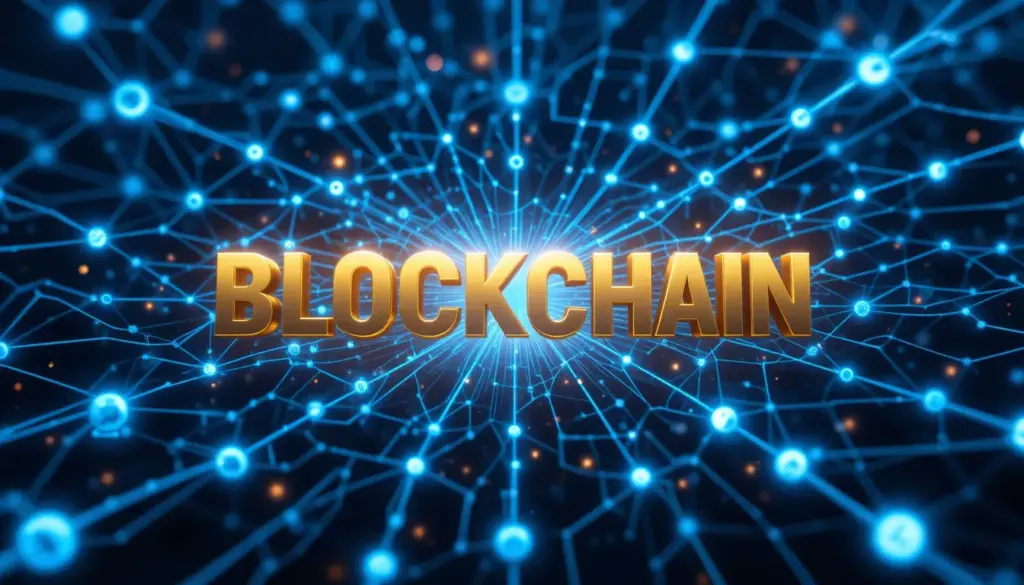Blockchain technology has become a cornerstone of the decentralized era. However, networks like Ethereum have struggled with scalability—especially with the surge in DeFi and NFTs—resulting in slower transactions and high fees. It’s like rush hour traffic: inconvenient for users, limiting for developers, and a barrier to broader blockchain adoption. That’s where Layer 2 solutions come in. These technologies are designed to ease the load on the main blockchain (Layer 1), increase transaction speeds, and preserve security—much like subways or elevated highways built to reduce road congestion.
Layer 2 solutions enhance scalability by offloading transaction processing from the mainnet in various ways. Today, several key Layer 2 approaches are actively being developed, each with distinct mechanisms and characteristics. Let’s explore four core Layer 2 solutions: Optimistic Rollups, ZK Rollups, Sidechains, and State Channels.

Rollups: Bundling Transactions for Efficiency
Rollups significantly reduce gas fees and increase throughput by bundling multiple transactions into one and posting it to the mainnet. There are two primary types of rollups: Optimistic Rollups and Zero-Knowledge (ZK) Rollups.
✅ Optimistic Rollups: Assume Validity, Verify When Needed
As the name suggests, Optimistic Rollups assume that transactions are valid by default. They are posted to the mainnet without immediate verification. If someone suspects a fraudulent transaction, they can initiate a challenge during a designated window. This approach allows for lower costs and faster transactions, though the challenge period can delay fund withdrawals. Leading projects include Arbitrum and Optimism. Arbitrum’s Nitro upgrade has notably enhanced performance, while Optimism continues to improve stability through its evolving fault-proof system.
✅ ZK Rollups: Using Cryptography for Instant Proof
Zero-Knowledge Rollups use cryptographic proofs to instantly verify the validity of bundled transactions on the mainnet. This method ensures high security and enables rapid withdrawals without the need for a challenge period. However, ZK Rollups are more complex to develop due to heavy computational requirements, and historically they’ve had limited compatibility with the Ethereum Virtual Machine (EVM). Major ZK Rollup projects include zkSync, StarkWare, and Polygon Hermez (now integrated into Polygon zkEVM). Recent advancements in zkEVM technology are improving EVM compatibility—Polygon zkEVM, for example, offers a development environment closely aligned with the EVM, simplifying the migration and deployment of Ethereum-based dApps.
Sidechains: Independent Blockchains with Bridges
Sidechains are separate blockchains that run in parallel to the mainnet and connect via two-way bridges. They use their own consensus mechanisms, block sizes, and gas models to process transactions independently, reducing the load on the main network. While sidechains offer high throughput and lower fees, they typically do not inherit the same level of security as the mainnet. Notable examples include Polygon PoS and Ronin Network. Polygon PoS is widely adopted for its low fees and fast transaction speeds, especially among DeFi and NFT platforms. Ronin Network, designed for the popular play-to-earn game Axie Infinity, has proven its capability to handle large transaction volumes.
State Channels: On-Demand Highways for Frequent Interactions
State Channels are ideal for scenarios involving repeated interactions between a limited number of participants. The participants open a channel on the mainnet, then conduct transactions off-chain, with only the final result recorded on-chain. This approach offers near-instant transactions with minimal fees. However, it’s limited to the participants involved, and interactions are disrupted if any participant goes offline. Leading implementations include Raiden Network (for Ethereum) and Lightning Network (for Bitcoin). The Lightning Network is especially notable for addressing Bitcoin’s micropayment limitations, while Raiden enhances scalability for Ethereum dApps.
Plasma: Scaling with Child Chains (Less Actively Developed)
Plasma introduces “child chains” that operate independently while inheriting some security from the mainnet. These child chains can process many transactions off-chain and periodically submit summaries to the main chain. While Plasma once showed promise for high throughput, challenges such as data availability and complex withdrawal mechanisms have slowed its adoption. Development has shifted toward more advanced alternatives like Rollups. A key Plasma-based project is OmiseGO (OMG Network).
The Future of Blockchain Scalability
Layer 2 solutions play a critical role in addressing blockchain’s scalability challenges, paving the way for broader adoption and more diverse applications. Rollups, in particular, offer a compelling balance between scalability and security. Although all Layer 2 approaches require ongoing refinement, the ecosystem is maturing rapidly through innovation and real-world implementation.
Rather than a single dominant solution, it’s likely that multiple Layer 2 technologies will coexist, each optimized for specific use cases—whether it’s DeFi, gaming, micropayments, or enterprise applications.
In the end, Layer 2 solutions are key to unlocking the full potential of blockchain technology and making decentralized systems accessible to the world. Their evolution will continue to shape the future of digital infrastructure.


